Are you going to Cuba? After Havana and Santa Clara, don't miss visiting Santiago de Cuba: here are 10 things to do!
For some, Cuba symbolizes the socialist revolution embodied by the icon of Che Guevara, more than half a century of struggle against capitalist order, a place out of time and unique in the world. In Santiago de Cuba, on 26 July 1953, the Fidel and Raúl Castro brothers and their men attacked the Moncada barracks, the starting point of the Cuban revolution. For others, Cuba is a dictatorship. But no matter what we think, Cuba is no longer as protective as before: its recent opening to global tourism makes it a new favourite tourist destination. Santiago de Cuba is the second largest city in Cuba after Havana with an estimated population of 510 000 or 515 000 (2018). Located at the bottom of a bay between the Caribbean Sea and the Sierra Maestra, Santiago de Cuba was founded in 1514 by the Spanish conquistadors and rose in the 17th century thanks to its strategic position.
You come to visit Santiago de Cuba and know what to do? Santiago de Cuba is the most emblematic city in Cuba: you will not miss things to do. Here is our presentation of the 10 things to do and to see in the second largest Cuban city.
Also read: The 15 things to do in Cuba
1. The historic centre
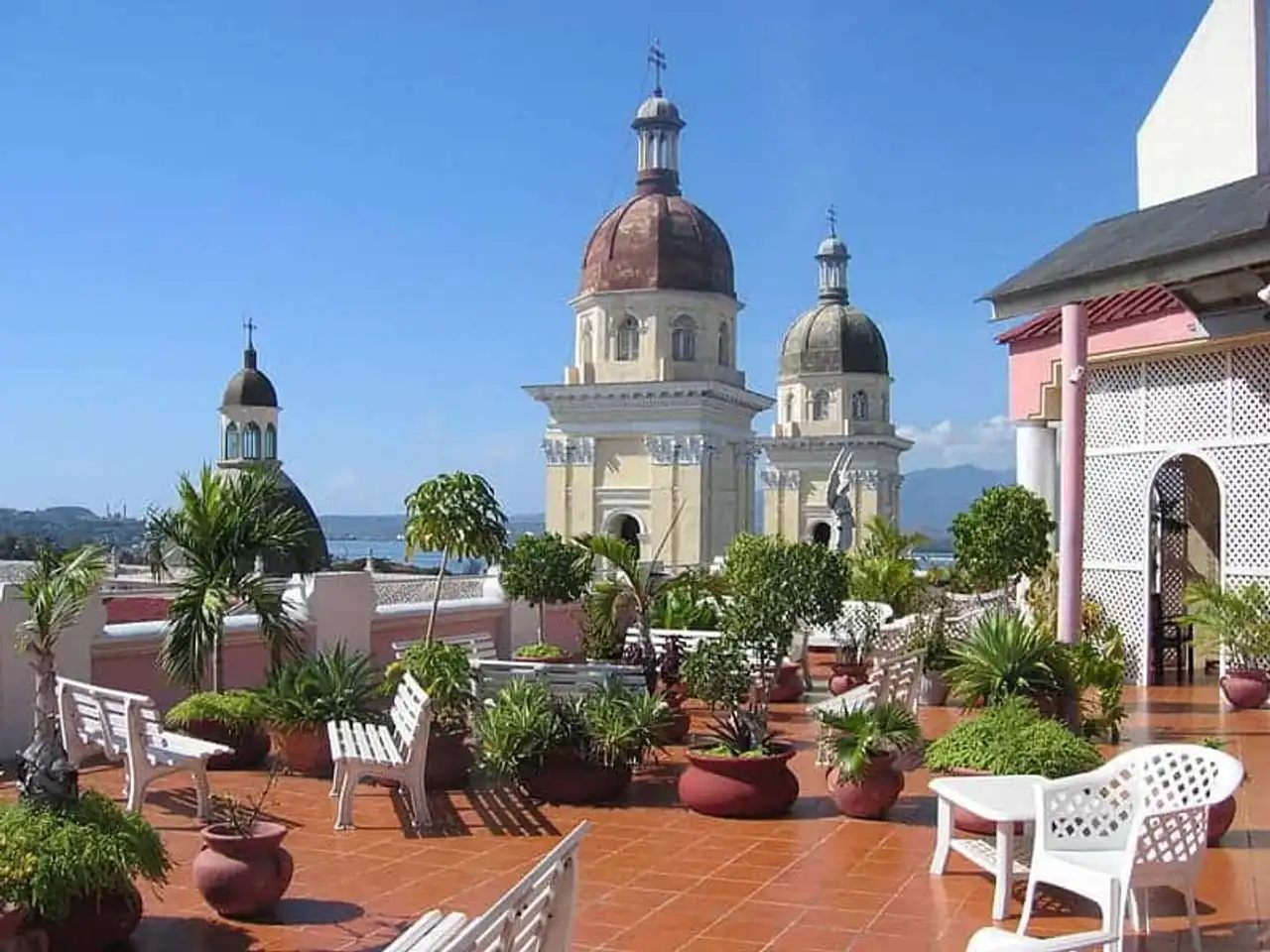
Photo credit: Wikipedia – Dirk van der Made
Exuberant, rebellious, multicultural and cradle of the Cuban revolution, Santiago de Cuba is a city rich in history and colorful. Start your visit to the center by the Park Céspedes , named Carlos Manuel de Céspedes, a historical figure of the country. Up to the top of the hotel CasaGranda , you will enjoy a panoramic view of the city. Locals like to meet, exchange, stroll, listen to music.
The centre is composed of buildings typical of the colonial era and in fact concentrates a multitude of monuments and museums to visit: the balcony of Vélasquez, the house Verasquez, the museum of Carnival – the Carnival of Santiago , which stands the second half of July, is the most colorful and liveliest of the Caribbean - the museum of clandestine struggle.
2. Basilica Notre-Dame-de-l’Assomption
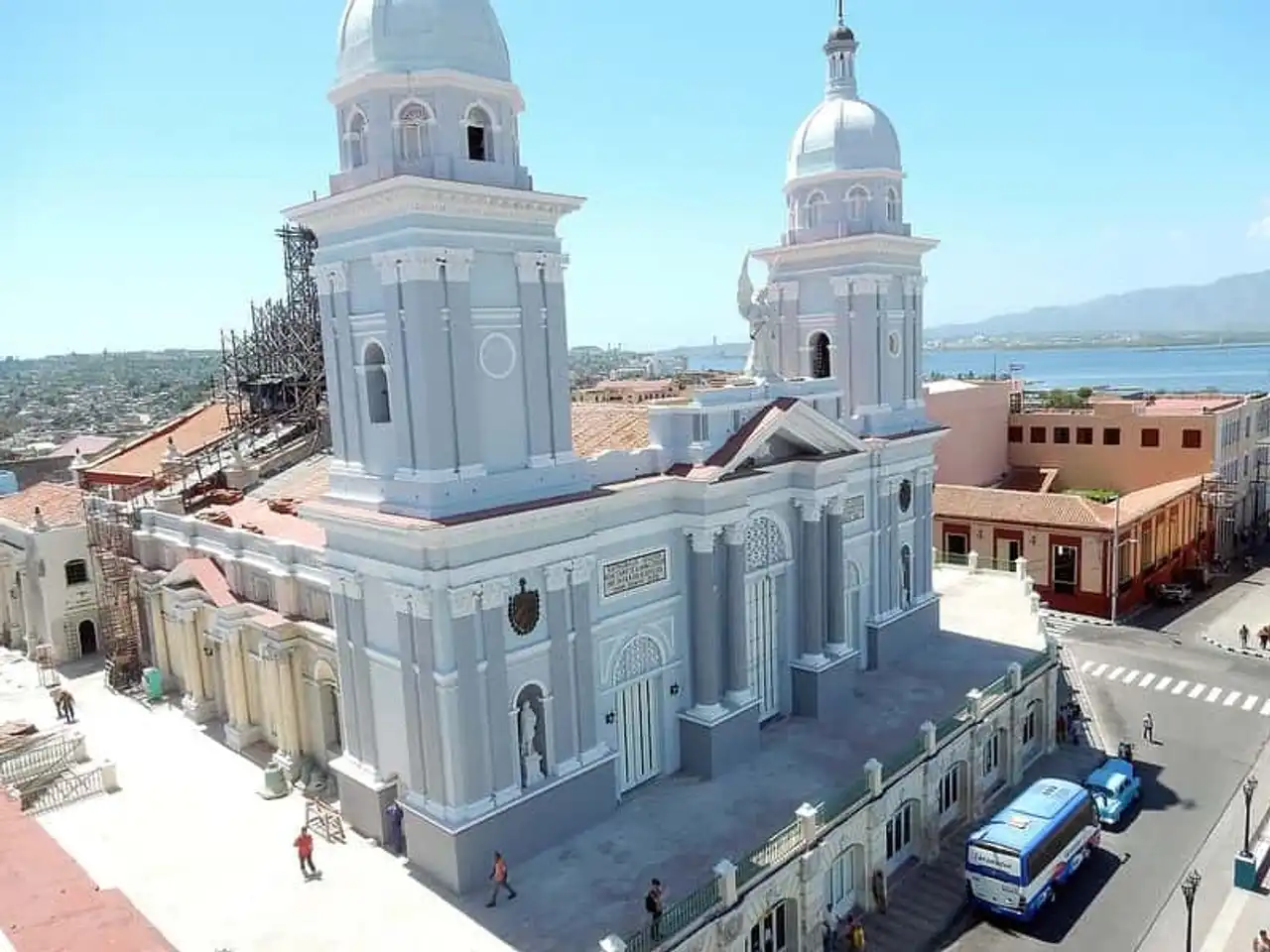
Photo credit: Flickr – Johan Siegers
What to do in Santiago de Cuba? Located south of the large Céspedes Square, the Notre-Dame-de-l’Assomption basilica-cathedrale – basilica de Nuestra Señora de la Asunción – is an unmistakable Catholic cathedral in the city. It is built at the site of the first chapel of Santiago, built in 1514. It was repeatedly destroyed by the earthquakes and ravages of piracy. The current version of the building dates from 1922.
3. The French Quarter
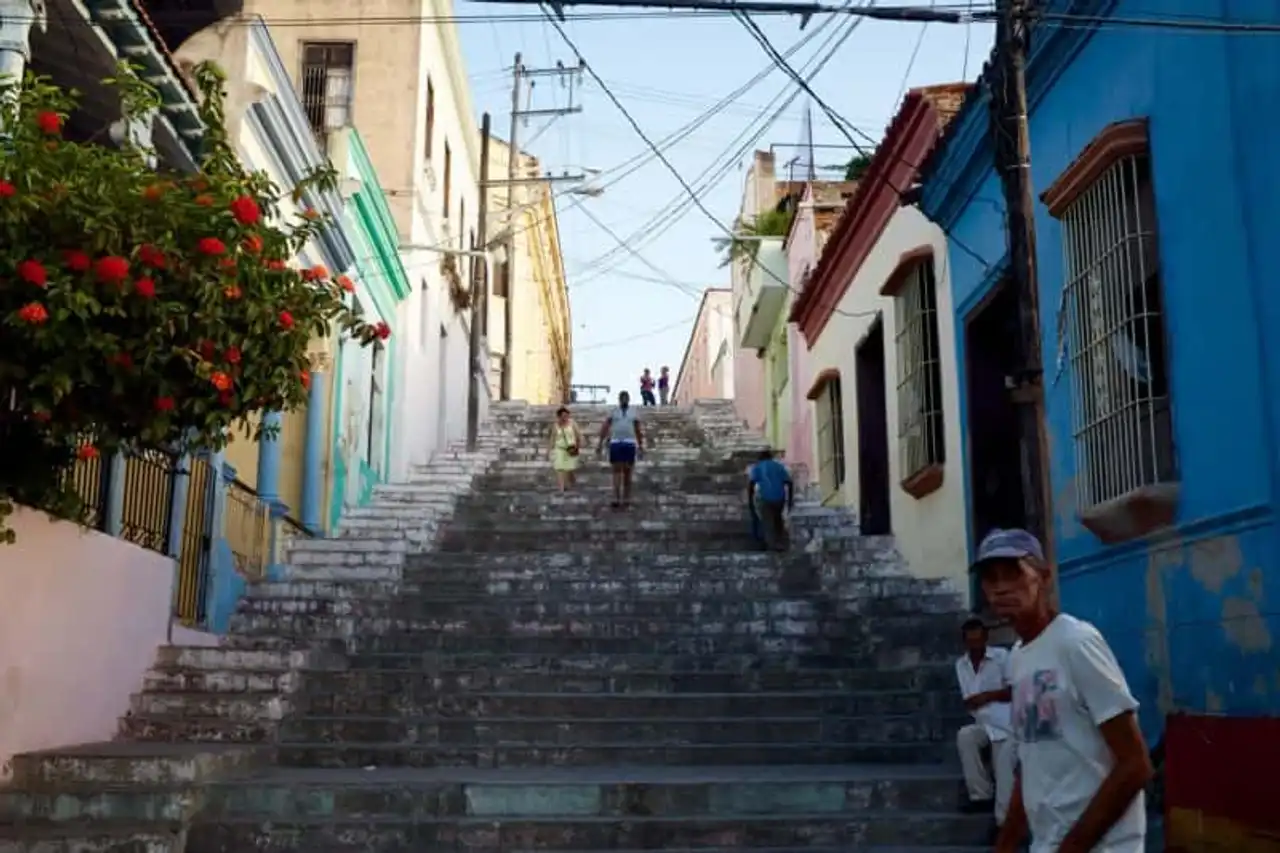
Photo credit: Flickr – csw27
In 1804, fleeing Saint-Domingue after the independence of Haiti, the French settlers reached the port of Santiago de Cuba. They create the Tivolí district , drawn from the name of the coffee-concert they set up, and which meets a great success among the local population. The Tivolí district is a maze of steeply sloping alleys, including the stairs of Padre Pico. It is a must-see coming to Santiago de Cuba.
4. La Maison Diego Velazquez
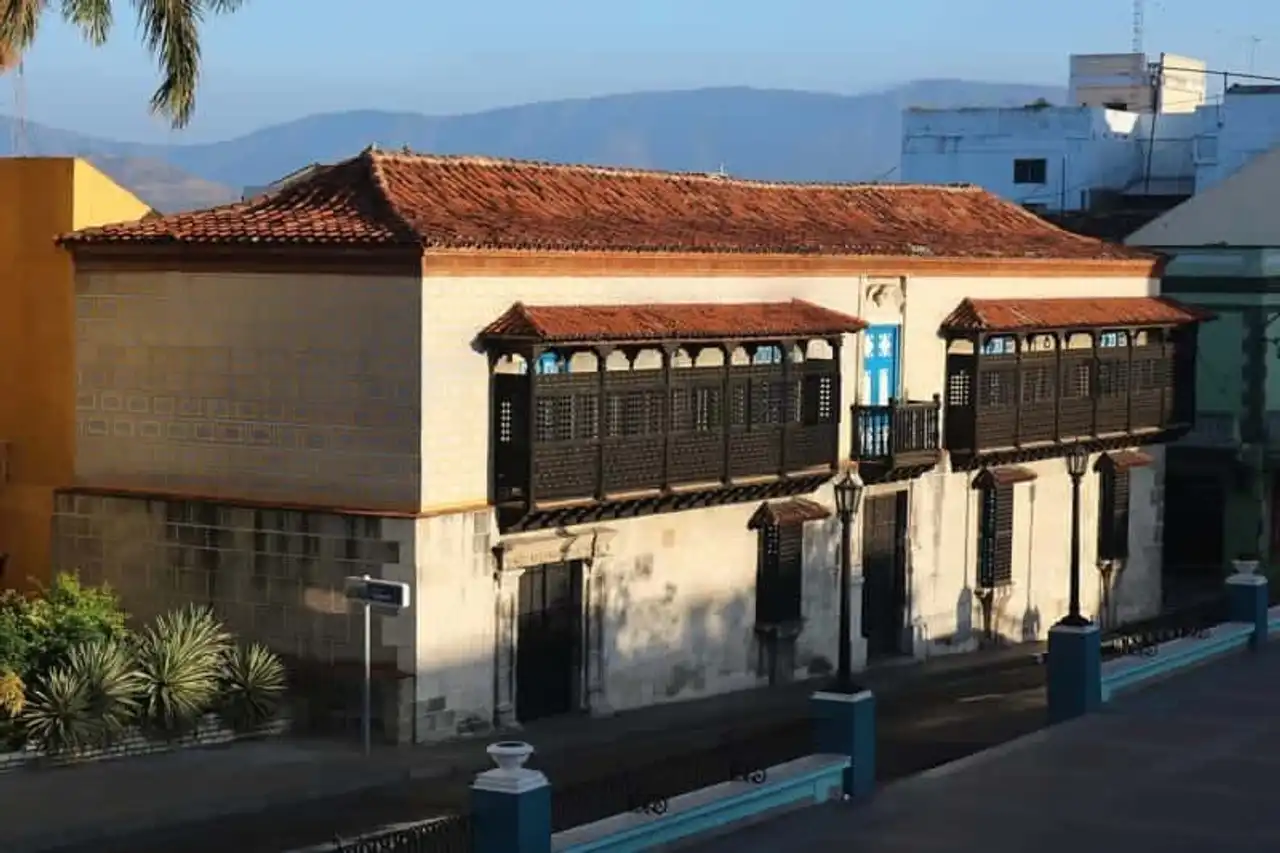
Photo credit: Wikimedia Commons – Maesi64
Built in the early 16th century for the Spanish conquistador Diego Velázquez de Cuéllar (1465-1524), house Velázquez looks like a must-see museum, with furniture made of mahogany wood, cedar and ebony, dating from the 16th and 17th centuries. If you know what to do in Santiago de Cuba, enter the patios and the interior courtyard of the house, admiring its beautiful terraces.
5. Museums of Santiago
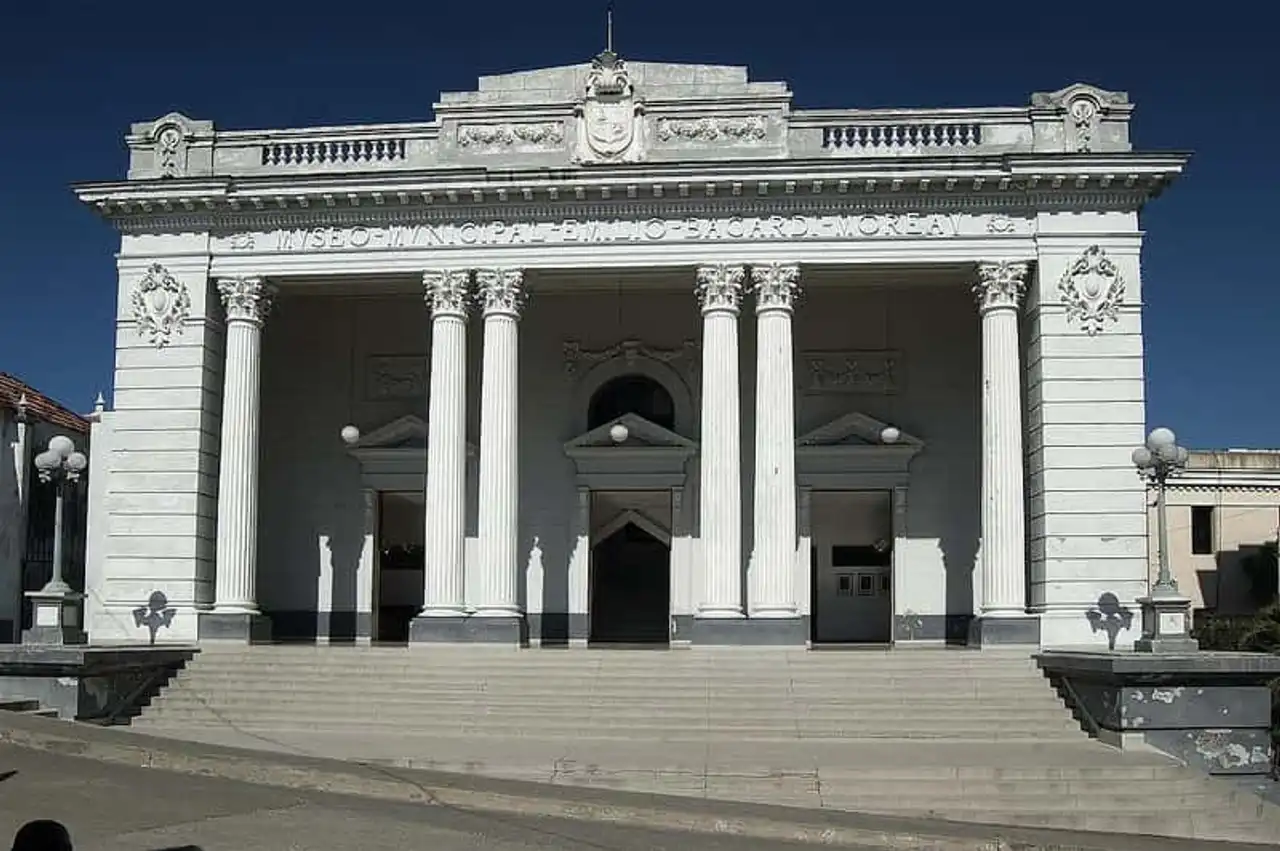
Photo credit: Flickr – cnpc cuba
The museum heritage of Santiago, as often in Cuba, is important. Don't miss visiting the Revolution Museum and the museum of clandestine struggle . The latter retraces the history of the Movement of 26 July, named M-26-7, referring to the lost attack of the Castro brothers and their appearances against the Moncada barracks (the second largest military barracks in Cuba under the dictatorship of F. Batista). The museum retraces the life of F. País, a Cuban revolutionary who was murdered by the police at the age of 22 in 1957.
The Emilio Bacardi Moreau Museum , founded at the end of the 19th century, houses archaeological, historical and art collections. There are works by Cuban artists such as Wifredo Lam, René Portocarrero, Federico Martínez Matos and Alberto Lescay.
6. Santa Ifigenia Cemetery
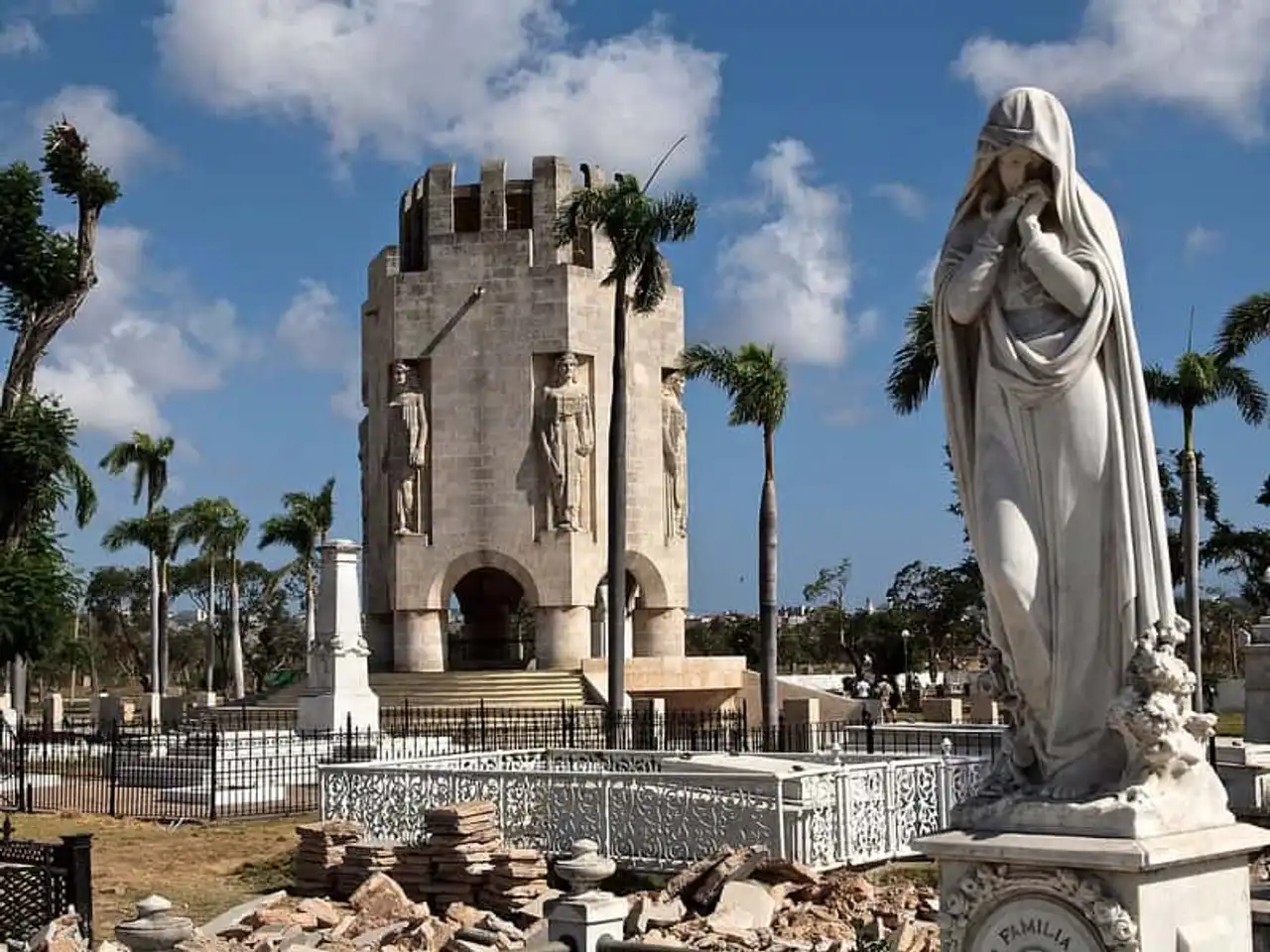
Photo credit: Flickr – Sandra Cohen-Rose and Colin Rose
Why go to the cemetery by visiting Santiago de Cuba? That's a crazy idea! Cuban necropolis, founded in 1868 to burial the victims of the war of independence and those of a yellow fever epidemic, Santa Ifignia cemetery was classified as a national monument in 1979. Several major figures of the revolution and the struggle for independence of Cuba are based there, like Carlos Manuel de Céspedes (1819-1874), José Martí (1853-1895), Frank País (1934-1957) and Fidel Castro (1926-2016).
7. Moncada barracks
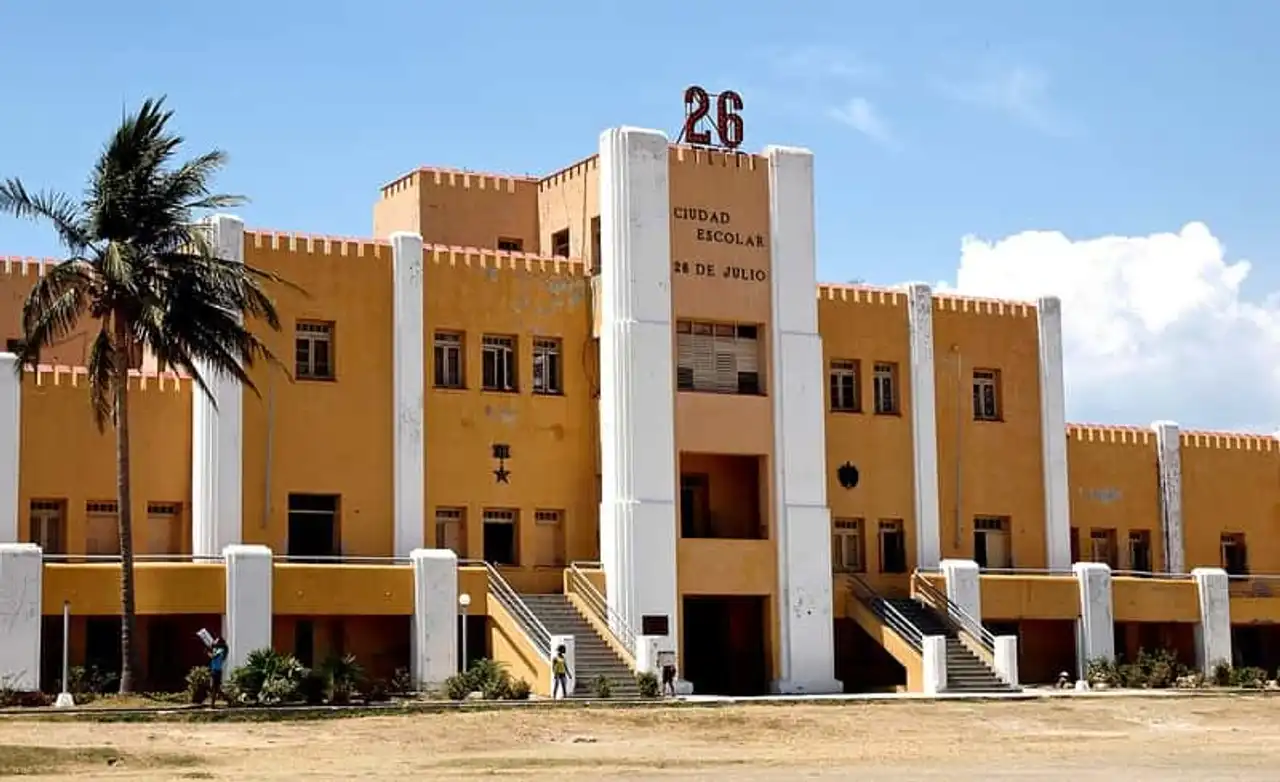
Photo credit: Flickr – Sandra Cohen-Rose and Colin Rose
We have already mentioned it: if you like the history of Cuba, you must come to the world Moncada barracks coming to visit Santiago de Cuba. This is where, on July 26, 1953, the Castrist revolution began. This assault was a cunning failure and most revolutionaries were killed, tortured and/or executed by the Batista army. This bloody day is considered the beginning of the Cuban revolution. The façade is still being criticised by bullet impact. The barracks were converted to a school and museum: the Museo Histórico 26 de Julio (Historical Museum of July 26th).
8. The Park of Baconao
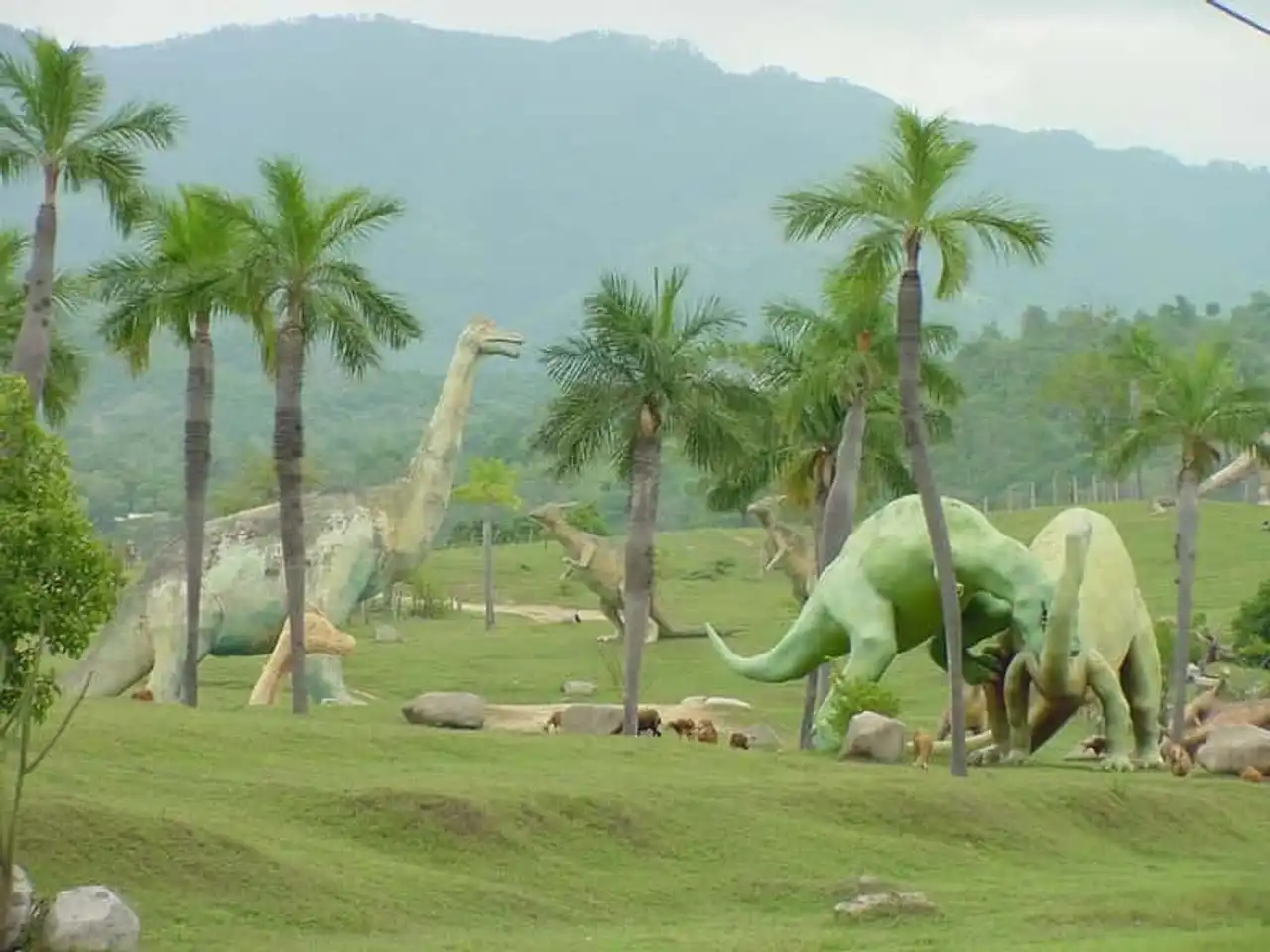
Photo credit: Wikimedia Commons – rdmazo
The Baconao Park is located in the east of the city. It is a biosphere reserve of 80,000 hectares, recognized by UNESCO since 1987. You can't visit Santiago de Cuba without spending a day visiting this national park: you will find the famous Gran Piedra (Grande Pierre), natural reproductions of dinosaurs and a botanical garden, Garden Ave de Paradiso . Also, the park houses a car museum, with more than 2,500 models reduced by cars.
9. El Castillo del Moro
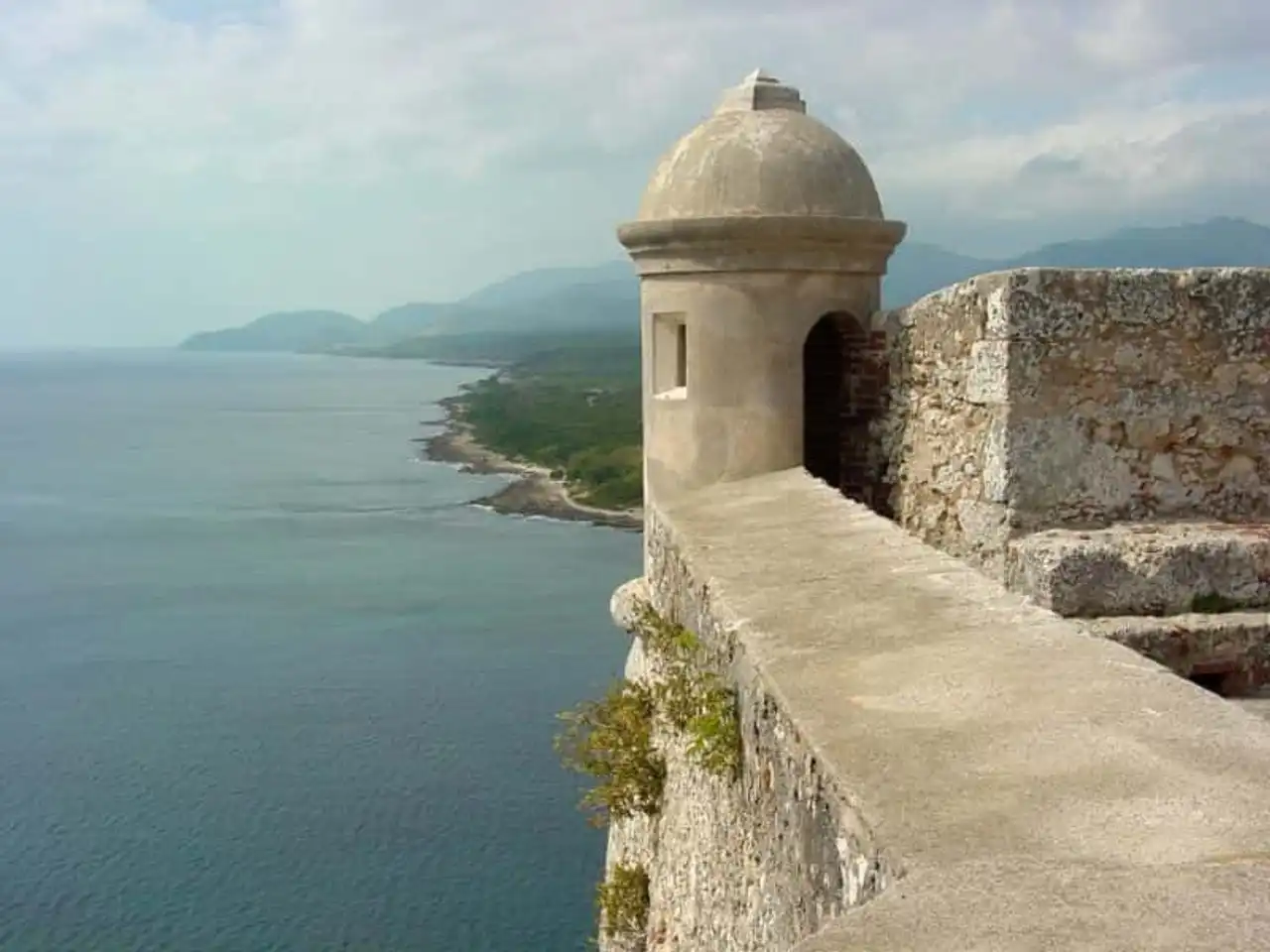
Photo credit: Flickr – Adam Jones
Located south of the city, the fortress Castillo de San Pedro de la Roca del Morro (Château de San Pedro de la Roca) is a building of great architectural value, recognized as a UNESCO World Heritage Site since 1997. The castle was used to defend the southern coast of Cuba under Spanish colonization.
10. La Basilique Caridad del Cobre
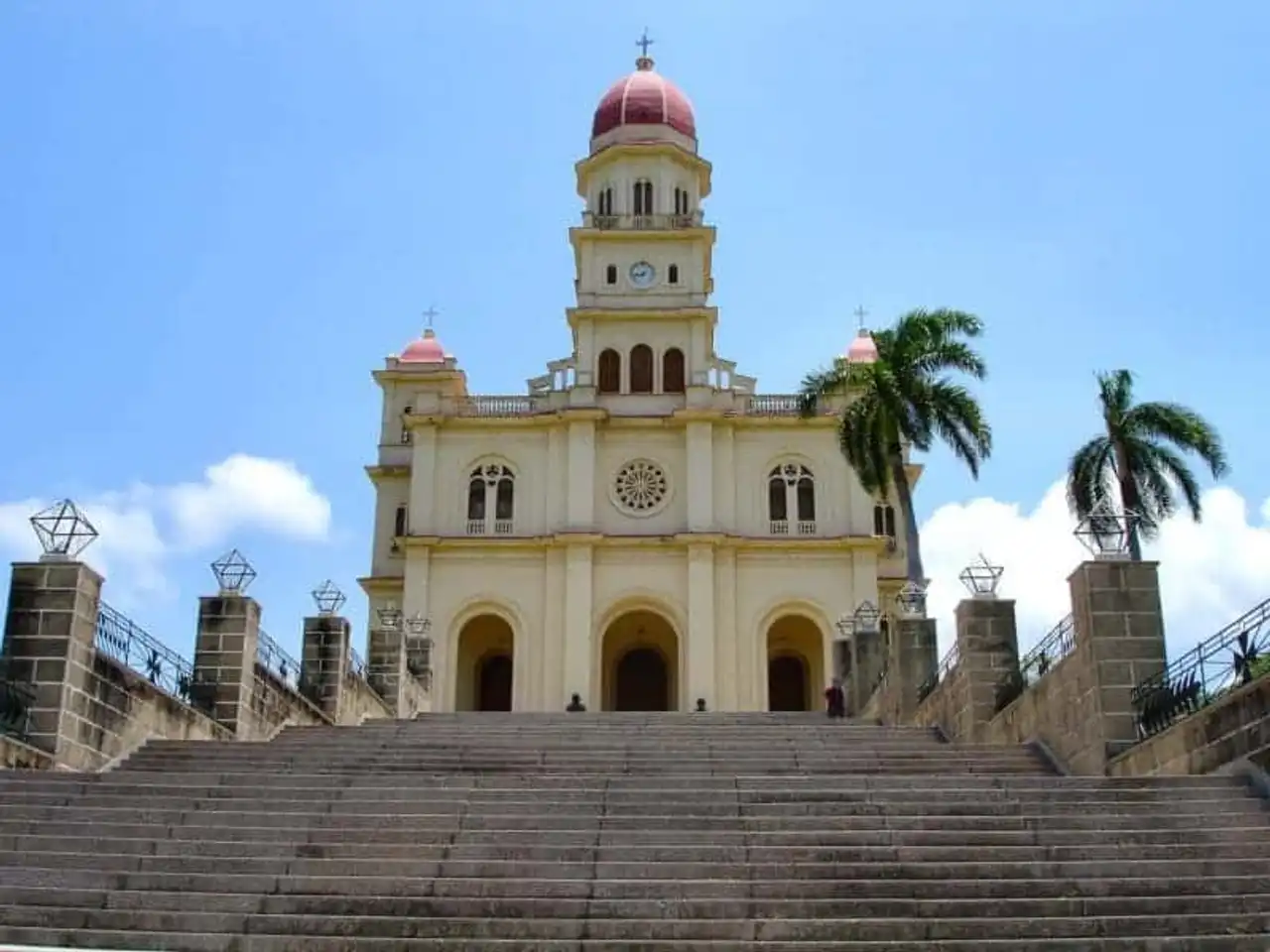
Are you looking for a last activity to visit Santiago? Located about 20 kilometers northwest of the city, this Catholic building – the Basilica of Our Lady of Charity – is a place of pilgrimage for Cubans, and owes its name to open-air copper mines, exploited by the conquistadors in the colonial era.
How to get to Santiago de Cuba?
From France, mainly Paris-Orly, there are several solutions to find a flight to Cuba : on average, have about 30 hours of flight including one to two stopovers in the United States. Santiago de Cuba-Antonio-Maceo Airport serves Miami, Rome, Paris, Toronto and other Caribbean destinations. If you are already on the spot in Cuba and want to reach Santiago de Cuba, you will find Viazul (bus network) carries out three daily connections between Havana and Santiago.
Once you arrive in Santiago de Cuba, you only have to reach the city centre. The airport is 7 kilometres south-west of Santiago de Cuba, so you will have to choose between several options:
- Taxis or transfers (shared to several, or private) insured by private companies: count about $10 the journey. - Car rental: at the airport, you can your own vehicle for your stay. A way to favor autonomy and to explore the surroundings with greater freedom of movement.
Where to stay in Santiago de Cuba?
To find where to sleep and visit Santiago de Cuba serenely, we recommend you to target the historic centre, close to the most popular streets of the city (calle Heredia and calle Enramada). For more comfort, go to Vista Alegra, a chic area north of the city centre. In terms of feet on the ground, there you also have the choice: apartments, hotels, guest rooms, accommodation with the living room (casa particular)... Everything depends on your expectations and budget. Whatever your expectations, take a look at this Compare hotels to find the best offers of the moment or spend some time on Airbnb to find a typical ground foot or even atypical.
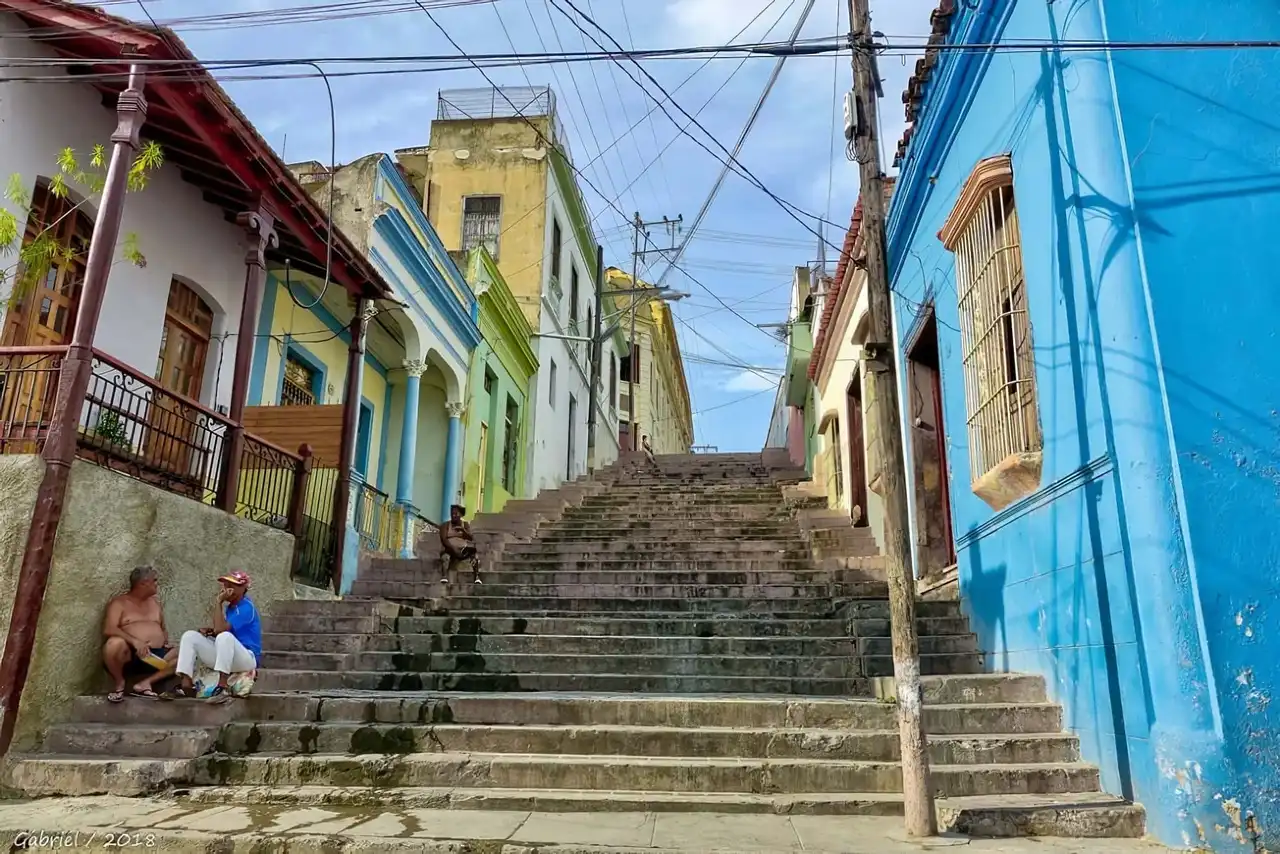




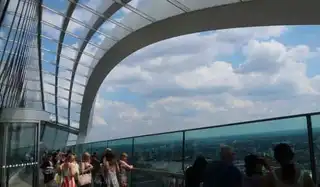
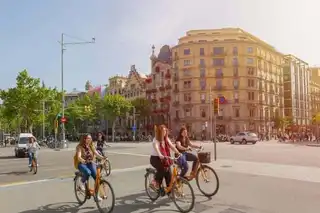
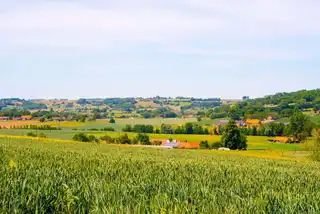
Loading comments ...